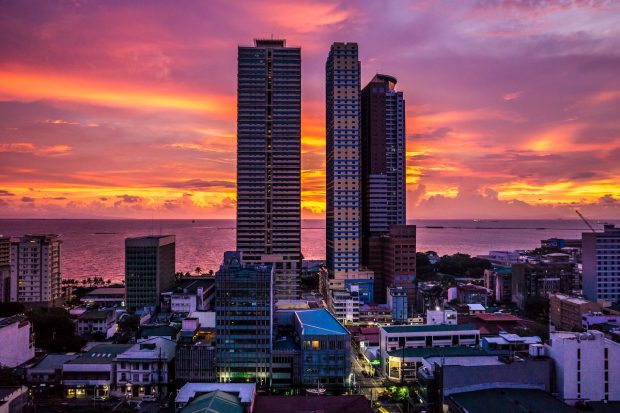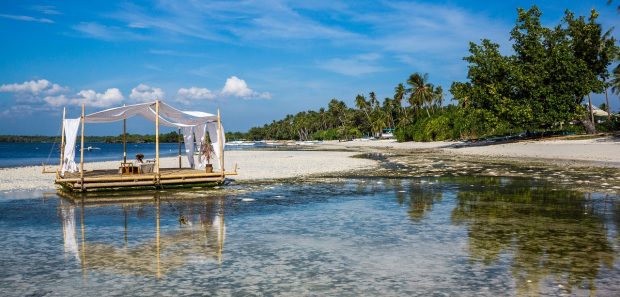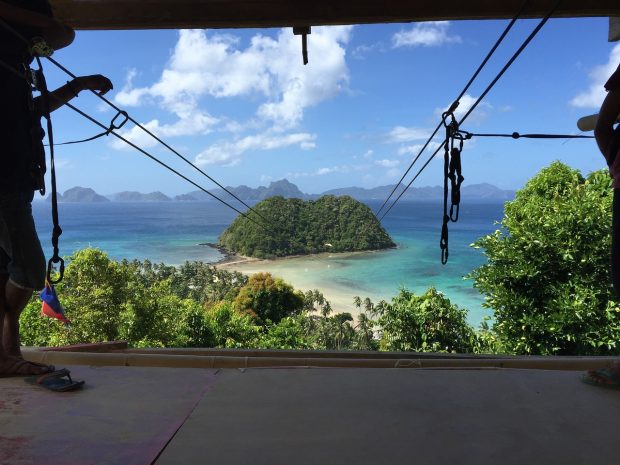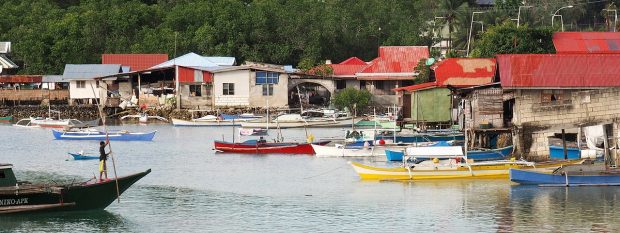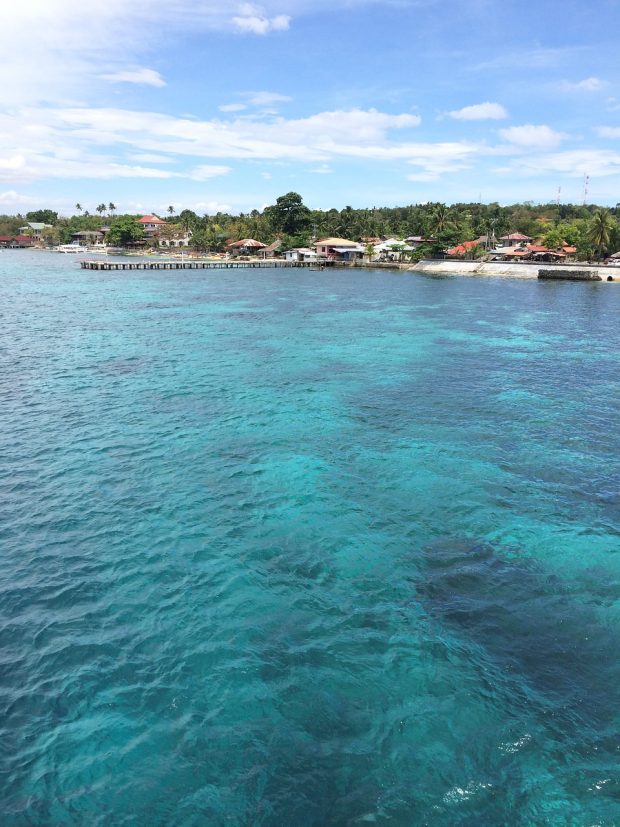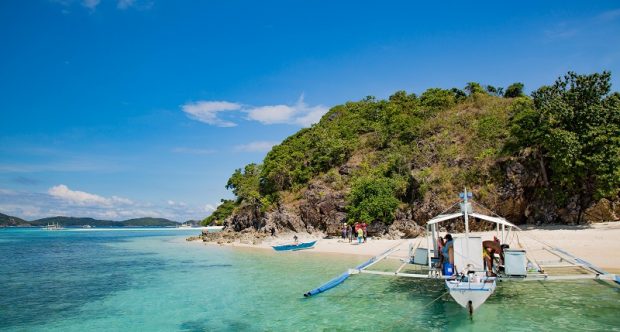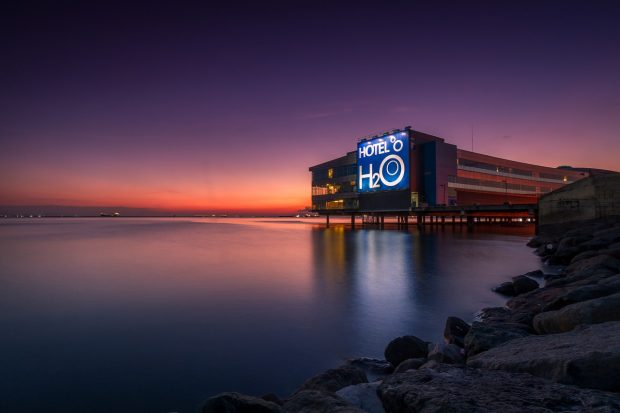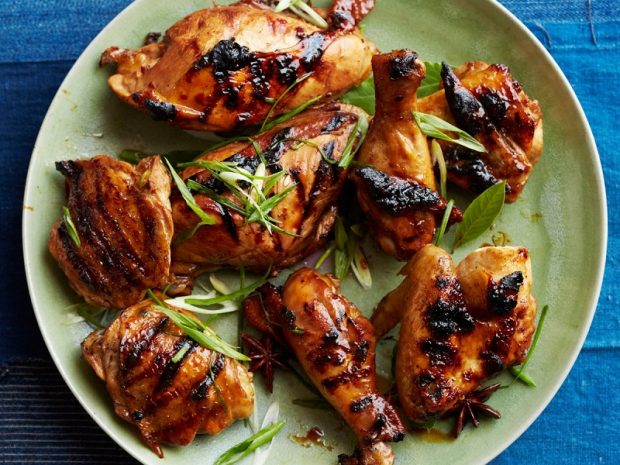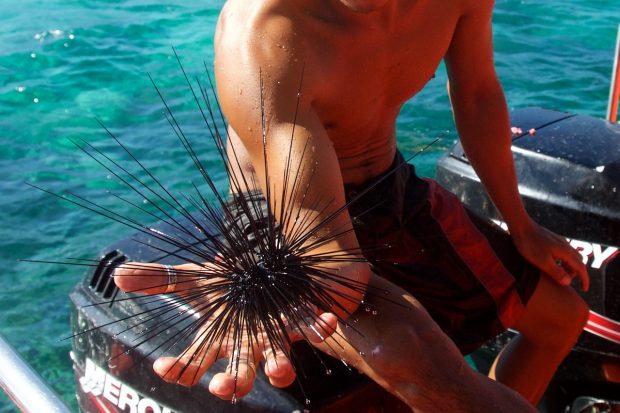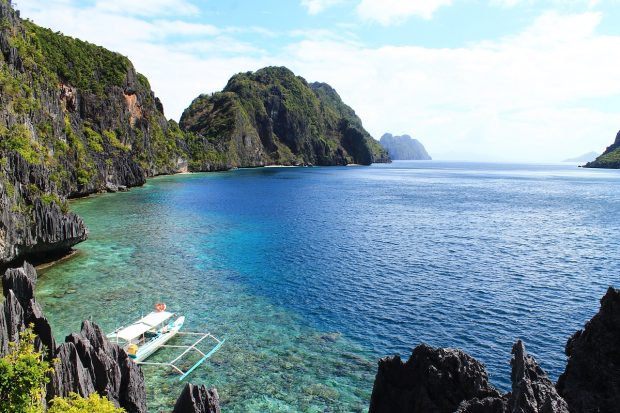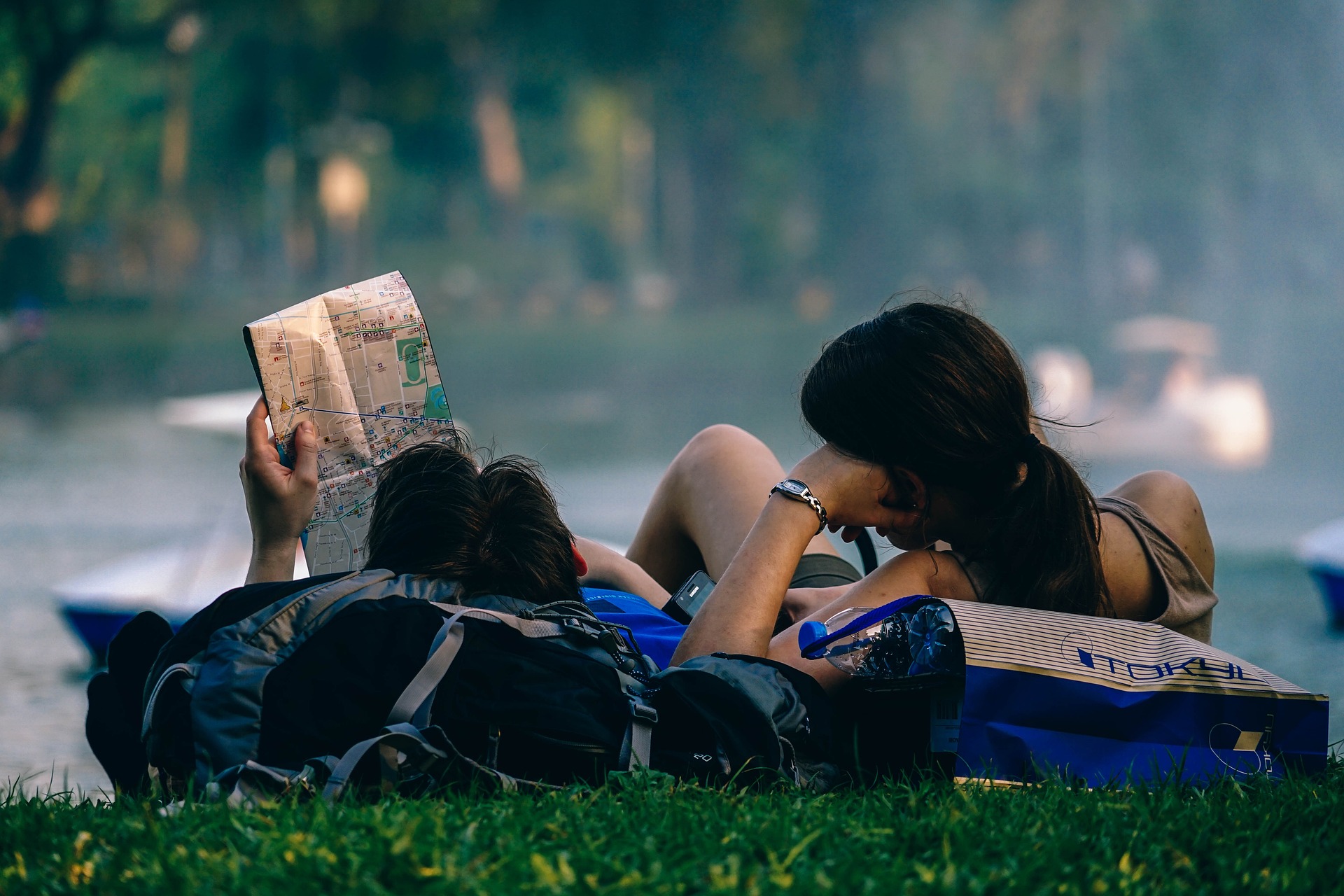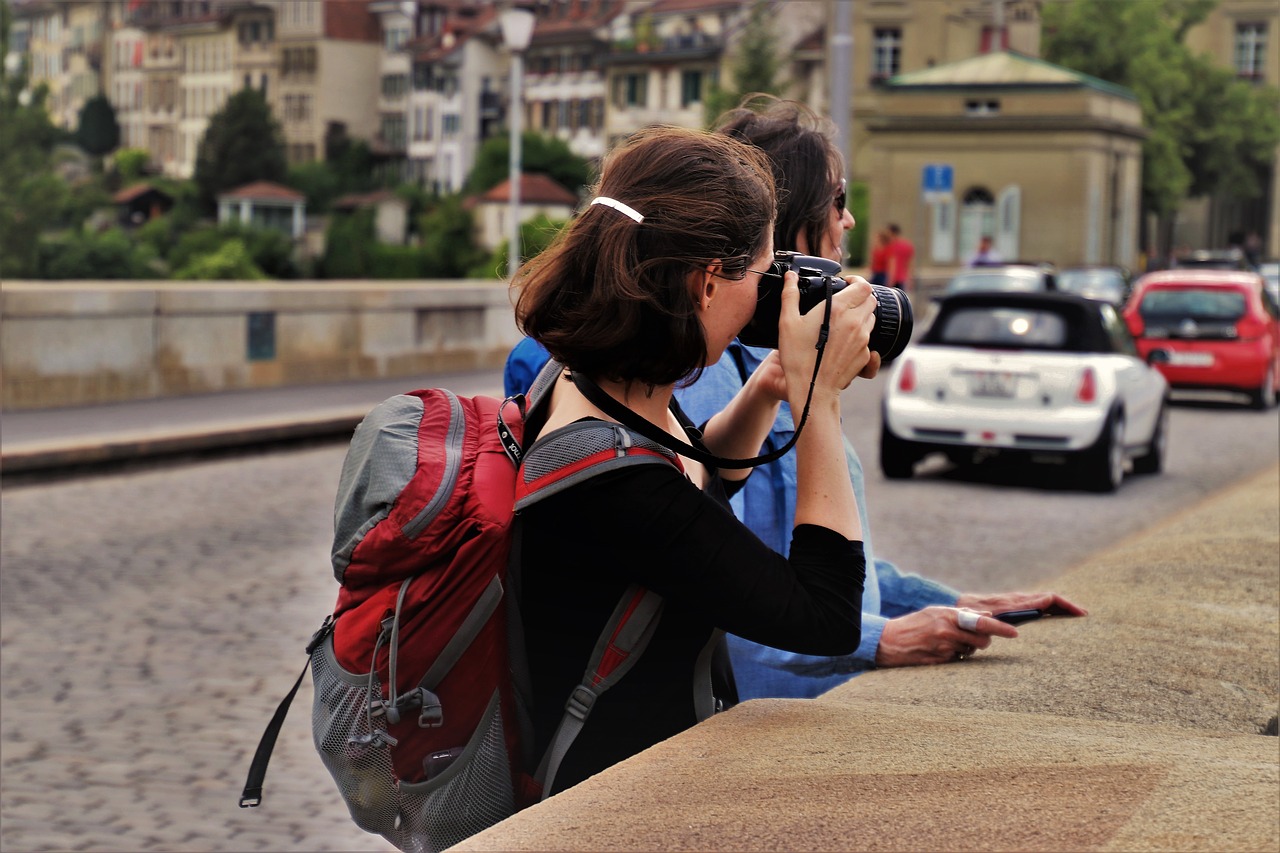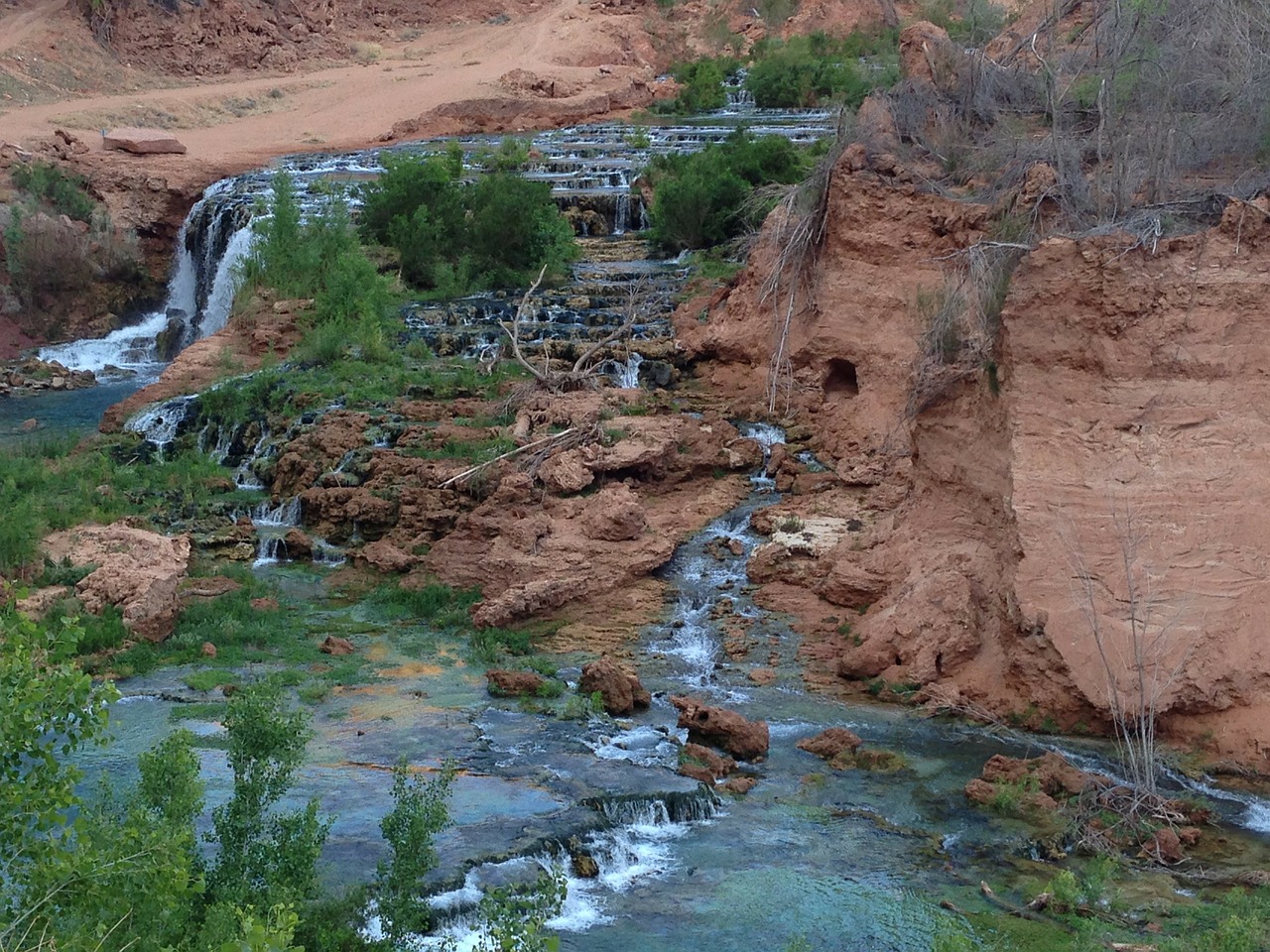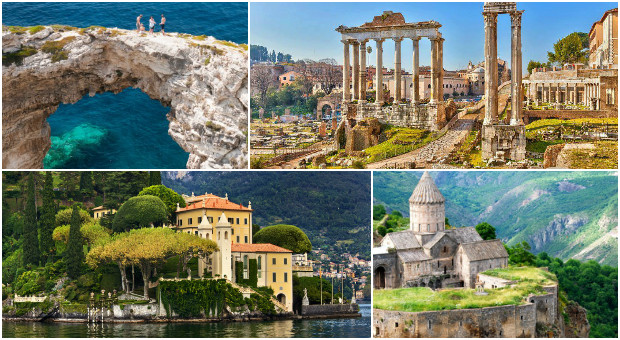The Philippines is a country of islands. It has gorgeous beaches, spectacular landscapes, and adrenaline pumping activities. So if you are planning to embark on an adventure to this beautiful country, this Philippines backpacking guide will definitely be helpful for you.
This guide includes everything you need to know for your plan. As the Philippines has so many islands spreading apart, planning the route can be a bit challenging. But it can also be a lot of fun when you can hop around and do not need to follow any strict agenda. So here are 7 things to know before your trip to the Philippines.
1. The Best Time For Traveling To The Philippines
Like most Asian countries, Philippines has 3 most popular season: dry season, wet season, and typhoon season.
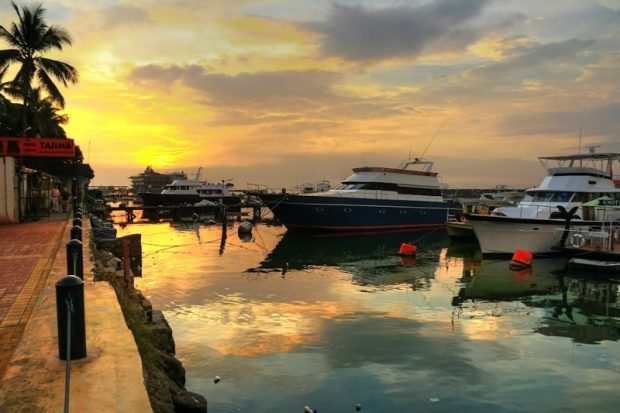
Dry seasons starts from November to April. These months are the best options for you to travel to the Philippines. The weather fluctuates around 30 Celsius degree and it is not likely to rain.
Wet seasons last for another 5 months from May. At the beginning of May, the weather will get much hotter and become less predictable. Sudden rains can put you off from going out and enjoying the trip.
Typhoon seasons – from June to August, is probably not the ideal time for traveling to the Philippines. Flights and ferries are usually delayed or canceled, which make your adventure not enjoyable at all.
2. Places Worth Visiting
Manila – The Capital
Visiting the capital is always a must if you want to know more of the country’s culture and history. Manila is a bustling metropolis where the poor and the rich live next doors.
Boracay
Boracay is a perfect choice for those prefer chilling by the beach, having heavy hiking or cliff climbing. It is the best place for you to recharge your energy under the sun.
El Nido
It is a must-go backpacking spot with beautiful beaches, gorgeous lagoons, and spectacular caves. And if water sports are too much for you, you will enjoy climbing the cliffs here.
Bohol
Bohol is a place to visit local villages. You will enjoy experiencing the local traditions here.
Cebu Island
This island is a perfect choice for those interested in scuba diving. It is also near many other beautiful spots such as Kawasan Falls & whale sharks in Oslob.
3. Transportation Means and Their Costs
- Bus: The bus is the most chosen mean of transportation for the backpackers. It is flexible, time-saving, and cheap.
- Ferry: To go from the mainland to the island, the ferry is the only choice. Depending on the quality of equipment and engine, the price will then vary.
- Flight: This is probably the fastest way yet not the cheapest. And if you want to travel to many islands, it will be more costly because you always need to go back to the main hubs in Cebu or Manila.
- Jeepney: Jeep is the iconic Filipino transportation. It does not have a fixed schedule so if you already have the detailed itinerary, it is a good choice.
- Grab taxi: Grab is similar to Uber, yet the price is much more competitive. You can use the Grab app to book taxis for traveling inside the city.
- Tricycles: They are small motorbikes with an attached sidecar. You can find them everywhere in the countryside.
4. Where To Stay
There is a diversity of accommodation types that suit the backpackers or people on a budget. Or maybe it is just because everything here is quite affordable.
Airbnb
In peak season, Airbnb is an excellent alternative to hostels and mid-range hotels. One big plus is that the price is very cheap. And if you are lucky enough, you will have the whole apartment. Otherwise, you will share it with some friendly local people.
Hostels
Hostels are always the most favored option for accommodation in the Philippines. You can easily get a slot in a dorm room with just about 7USD.
Couchsurfing
Using Couchsurfing not only saves you the expense for accommodation but also enables you to experience the Philippines like a local. And Filipino has long been known for their friendliness and hospitality.
5. What To Eat
The Philippines is well known for its chicken dishes and noodles. The two must-try dishes are grilled chicken and Pancit Bihon (rice noodle soup with chicken and veggies). Similar to all Southeast Asian countries, street foods are also worth trying in the Philippines. You can find the busiest markets in Manilla and Palawan.
And if you want to go a bit adventurous in your gastronomy experience, the Balut is definitely what you should try. It is developing duck embryo, but it hasn’t reached to the stage with leather and claws. The Balut is boiled and served with the dipping sauce and herbs.
6. What To Do
Here are top 10 things to do while in the Philippines:
- Snorkeling or Diving
- Island Hopping from El Nido
- Swimming with Whale Sharks in Donsol
- Exploring Chocolate Hills in Bohol
- Visiting a tarsier monkey sanctuary on Bohol
- Scuba diving in Cebu island
- Chilling on Boracay beach
- Visiting San Agustin Church in Manila
- Swimming in lagoons of Palawan
- Singing and drinking with local people
7. Travel Tips
- Choose a sleeping bag that is durable in rainy weather
- Use solar charger for backpacking to be more independent on electricity
- Bring summer clothes
- Prepare proper footwear for hiking and climbing
- Avoid wearing all back as it is considered as the mourning color
Conclusion
Above are all the fundamentals of Philippines backpacking guide. It will help you enjoy your backpacking trip to the Philippines in a more relaxing way. Planning a trip to the Philippines is actually not difficult. Along the way, you will find yourself easily interested in many unfamiliar things. Go to the Philippines and have a memorable time of your life. And one more important note, be respectful along the way. Thank you so much for spending your time on this Philippines backpacking guide. Hopefully, it will be useful for your plan coming here.
Author Bio
Luna comes from Phoenix, AZ. She’s a blogger and she loves to write about her real experience of outdoor activites she takes part in. It might be the best fit for you who are looking for inspiration to start traveling or practical tips on the go. You can visit her blog HikerTrack to learn more.

